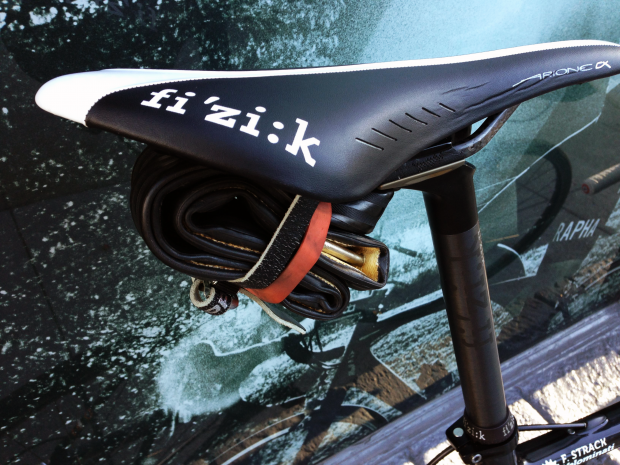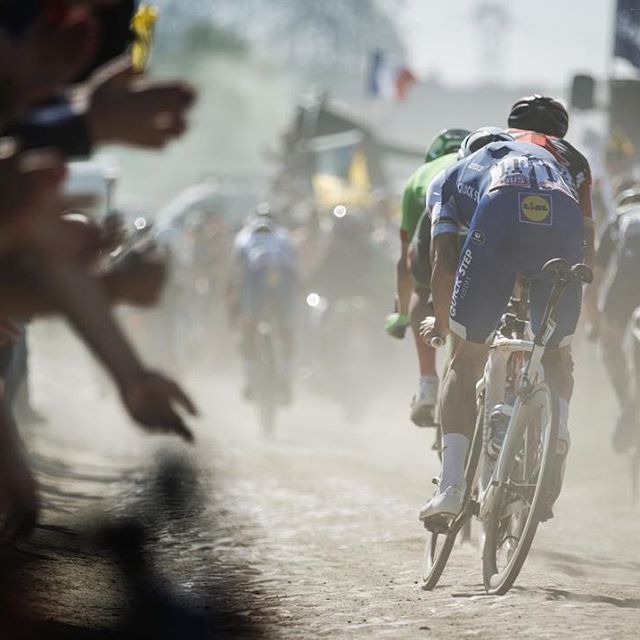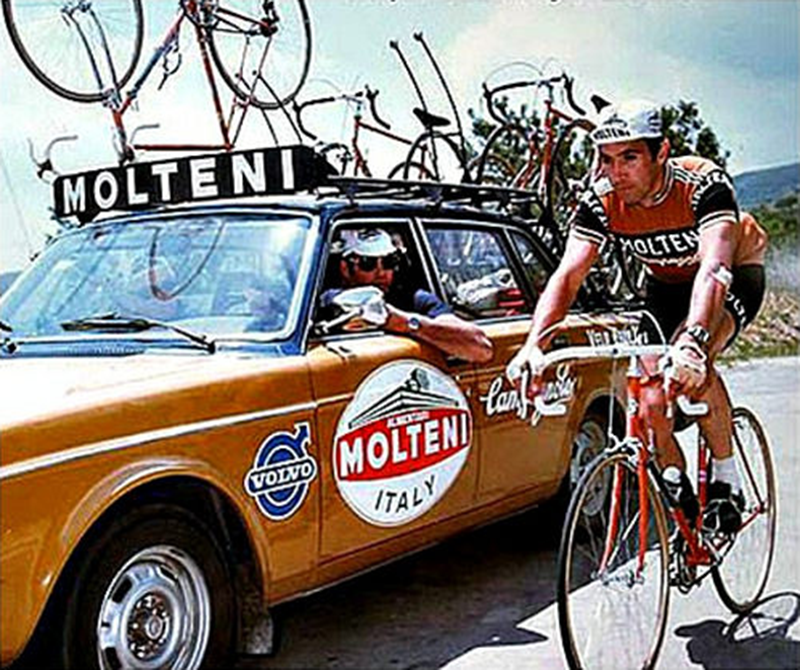European Posterior Tubular (EPTB)

The divisive nature of Rule #29 is not to be underestimated. It is but a humble satchel, but our rejection of its use sends people completely out of their minds. One fine gentleman even threatened my editor at Cyclist Magazine with cancellation of his subscription on the basis that they published an article wherein I espoused the virtues of going EPMS-less. If I recall correctly, the reader felt my writing was, “a black eye on an otherwise flawless magazine.” Some people, it appears, really love their saddle bags.
Nevertheless, the truth remains: they are ugly and there is no need for one if you choose your tools carefully and maintain your bicycle appropriately. Granted, if you prefer an al fresco lunch mid-ride and therefore require room for a baguette, some brie, and a nice bottle of Burgundy, you may require more than a jersey pocket. Similarly, if you are of the mechanical inclination that requires you carry a press for on-the-road headset replacements, you might also require some additional storage. That said, if your mechanical skills are at a level that your bicycle is in such a state, I might argue that carrying a cell phone and an emergency contact list is really all you need because the tools are unlikely to help.
But I digress. Ugly though the EPMS may be, it is obviously perfectly acceptable to tie a spare tubular tire under your saddle. This is for the obvious and irrefutable reason that riding tubs is for the more cultured Velominatus and strapping a tire under the saddle is the traditional way the Europeans have handled carrying a spare tire ever since they stopped carrying them strapped over their shoulders. Do not allow yourself to be distracted by the fact that a European Posterior Tubular is often mistaken for an saddlebag. One is a nod to our heritage, the other an abomination sense and style. Trust me on this.
But carrying a spare tub does pose a challenge: how do you roll it up into a small enough package that it (a) doesn’t sway (b) doesn’t rub the insides of your pistoning guns and (c) doesn’t fall off and get tangled up in your wheel.
The first two are a matter of what style of tire to carry. The natural inclination is to carry a spare tire identical to the ones you are riding on your wheels, but that is likely to be a 23 or 25 mm tire and will be rather bulky when rolled up. Instead, the spare should be considered an emergency tire intended to get you safely through the rest of your ride; you’ll be pulling it off and gluing it on properly when you get home, so it can be chosen for its folding size and weight rather than to match it to the tires you normally ride. Then comes the question of how to roll it up into a tiny package which can be neatly strapped under the saddle (see photos). Finally – and I learned this the hard way – if the tire does come loose over some unusually rough roads (say, washboards on a high speed gravel descent), you will want it to stay in the small bundle rather than unwinding and getting tangled in your back wheel.
European Posterior Tubular Guidelines:
- Find a light, 19mm tubular tire. I use one by TUFO; it has no inner tube so it is skinny and light and rolls up tight.
- Pre-glue the tire and follow the below procedure to roll it up (photos).
- Wrap an industrial strength rubber band around the tire. This will keep it in its rolled up bundle with or without a toe strap, meaning it will stay in said bundle even as it tumbles from your saddle.
- Us a leather toe-clip strap and a leather toe-clip strap only to affix said tire to saddle. No pouches, not fabric straps. Make sure it is tight and secure the loose end of the strap.
- Respond to all accusations of violating Rule #29 with a defiant but tempered disgust which subtly hints that the accuser is an unsophisticated clincher rider who doesn’t understand the greater nuances of our sport.
[dmalbum path=”/velominati.com/content/Photo Galleries/frank@velominati.com/Folding a Tub/”/]

